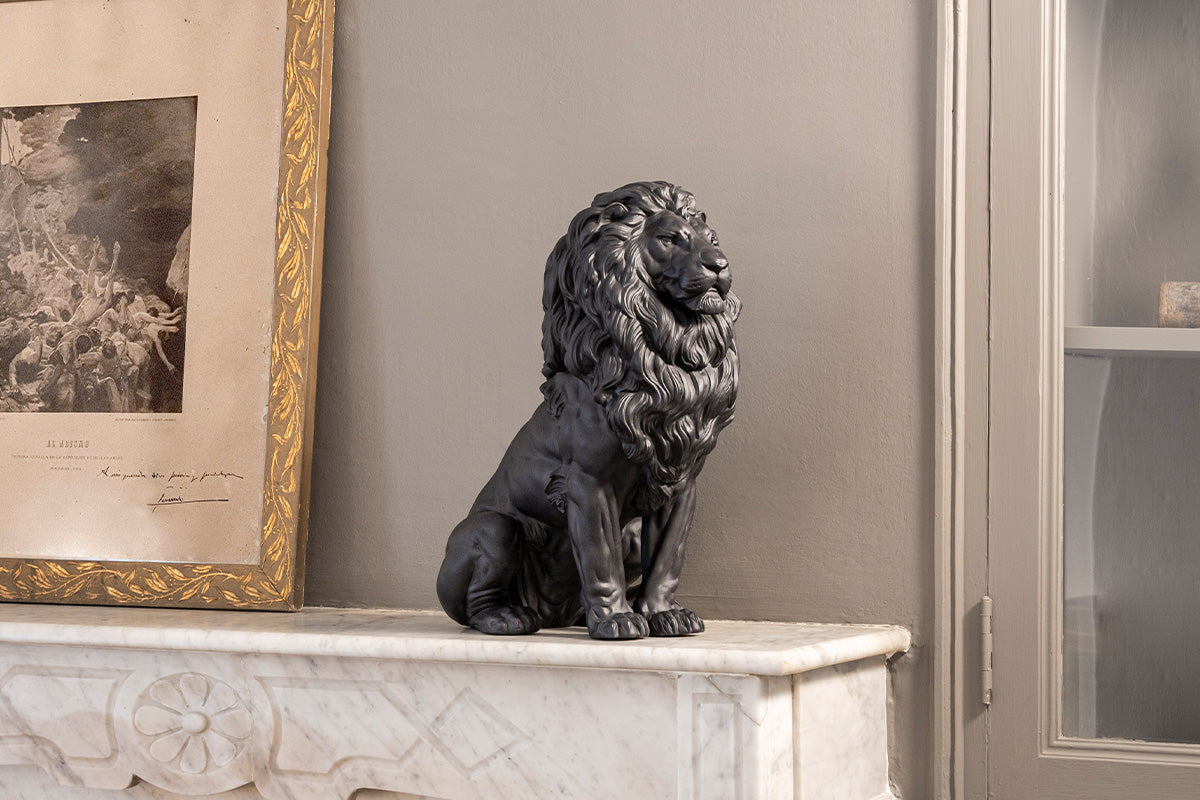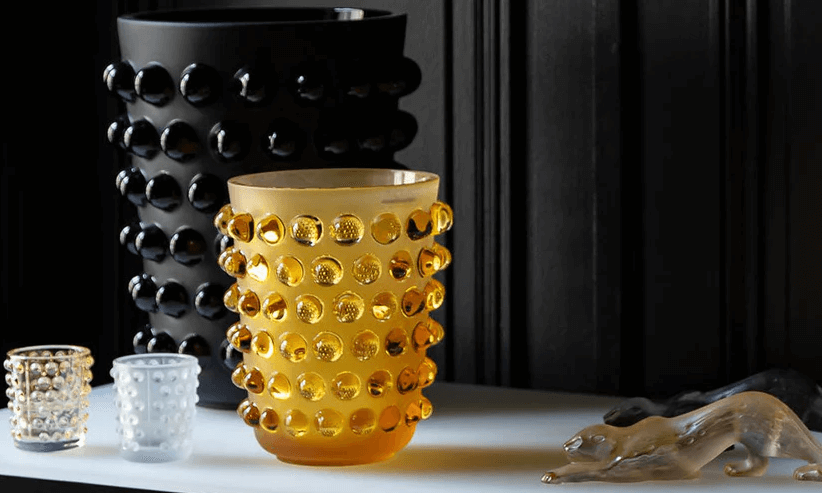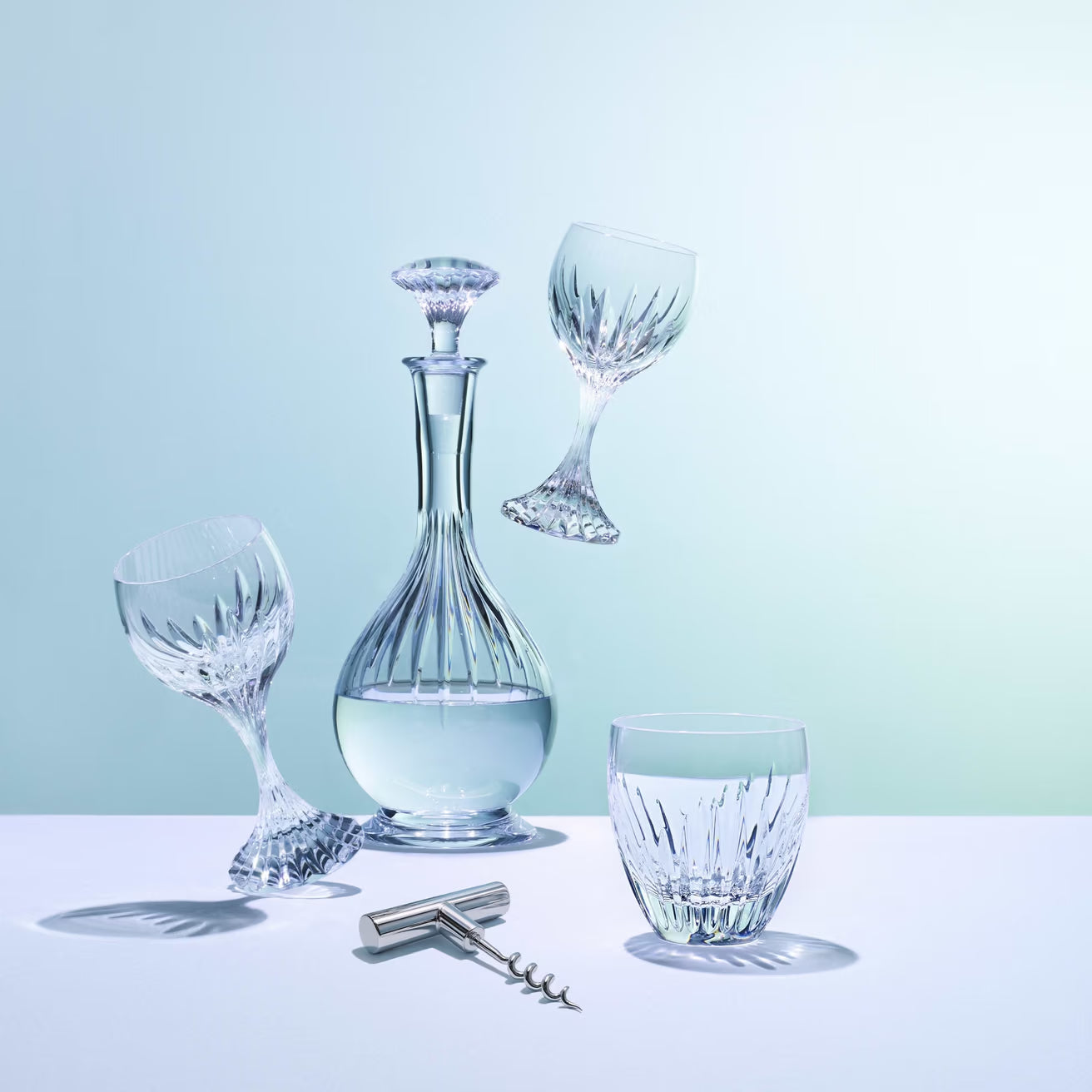Obsession: Ceramic
Tagged with:Art and Design
Share
The Ceramic Obsession Is Real.
And it’s not just us - every influencer and magazine seem to have ceramics on their mind. Ceramic, the making of and the enjoyment of, is both functional and visceral. But why the new found obsession? We imagine that few materials can match the sustainability of clay, as it comes directly from the earth and all, but it isn’t just the idea of a handcrafted product made of sticky hands full of mud that romanticises the beautiful products created. Instead, the boom in all things clay has to do with the pursuit of perfection of the artists who have dedicated their lives to molding the material.
CERAMICS
Ceramics is made by heating up minerals to create a stiff material. We humans have produced ceramics before 24,000BC and this predates the use of metal. Commonly used in construction, consumer products, vehicles, scientific and industrial equipment, ceramics are one of the strongest known materials, with many different types. We discover the common types below.
PORCELAIN
The term ‘Porcelain’ is derived from the old Italian word “Porcelland”, which means translucent surface. This signature characteristic of Porcelain is said to resemble the smoothness of an eggshell, and compared to other ceramics, the material is thinner, with a fine and smooth surface. Porcelain also has a slightly whiter and delicate appearance than ceramics, making it the best canvas for colours and highlighting technical capabilities of the porcelain maker.
The material was first made in China and at some point circa 2,000 to 1,200 years ago, and slowly spread to other East Asian countries, subsequently to Europe and the rest of the world. The manufacturing process is far more demanding and delicate compared to Earthenware and Stoneware and has always been regarded as the most prestigious type of pottery for its pure white colour, strength and delicacy. It is more dense and less prone to moisture and frost than other ceramics, which means that there is less chance for porcelain to crack in cold weather compared to other ceramic types.
Porcelain is a good base for both glazes and paint, and can be modelled very well, allowing the artist to showcase their skills in decorative treatments and modelling into anything from tablewares, sculptures, lighting and jewellery. It is also superior in resisting staining and is considered the most premium form of ceramic.
Lladró: A world leader in the design, manufacturing and distribution of porcelain art creations
EARTHENWARE
Earthenware is a much more pliable material, and is much easier to shape. Most bricks and European pottery , Egyptian, Persian, Greek, Roman, Mediterranean and some Chinese ceramics started with earthenware, before progressing and developing much finer ceramics such as stoneware and porcelain. Following the development and most cultures preferring stoneware and porcelain to earthenware, there are artistically and historically important earthenware that are collectable.
The material is much more porous, with a water absorption of 5-8%, earthenware has to be glazed to be watertight. Due to the porosity, it is also more easily chipped, and are commonly made in a thicker cross-section to enhance the strength of the item. Earthenware is also characteristically opaque and soft: a surface of an earthenware can be scratched.
STONEWARE
Stoneware somewhat sits in between Porcelain and Earthenware in terms of development, and are still used for high-quality utilitarian wares. It is non-porous and and much more durable than earthenware, with a denser, stone-like quality. The biggest differentiation between stoneware and porcelain is the opacity of the material, as whilst porcelain is known for its translucence, stoneware is more opaque and usually coloured grey or brownish because of impurities in the clay used for its manufacture.
As a more durable form of ceramic, stoneware is widely used as tableware at home.
THE RISE OF CERAMIC ART
Ceramic Art has stunned the world, fetching increasingly higher prices at auction, with a larger fanbase to boot. Of course, artists and ceramicists have never stopped making ceramics in its 20,000+ year history, but now you can’t go to a gallery without seeing ceramic works.

The question is: where do you start? Whilst it might seem prudent to follow the trends and what is collectible at the moment, our advice is to start with what gives you pleasure and enjoyment. That little addition into your life might begin an obsession to collecting ceramic, but what can we say - it’ll mysteriously seep into your life either for function or form.
To learn more about porcelain:




